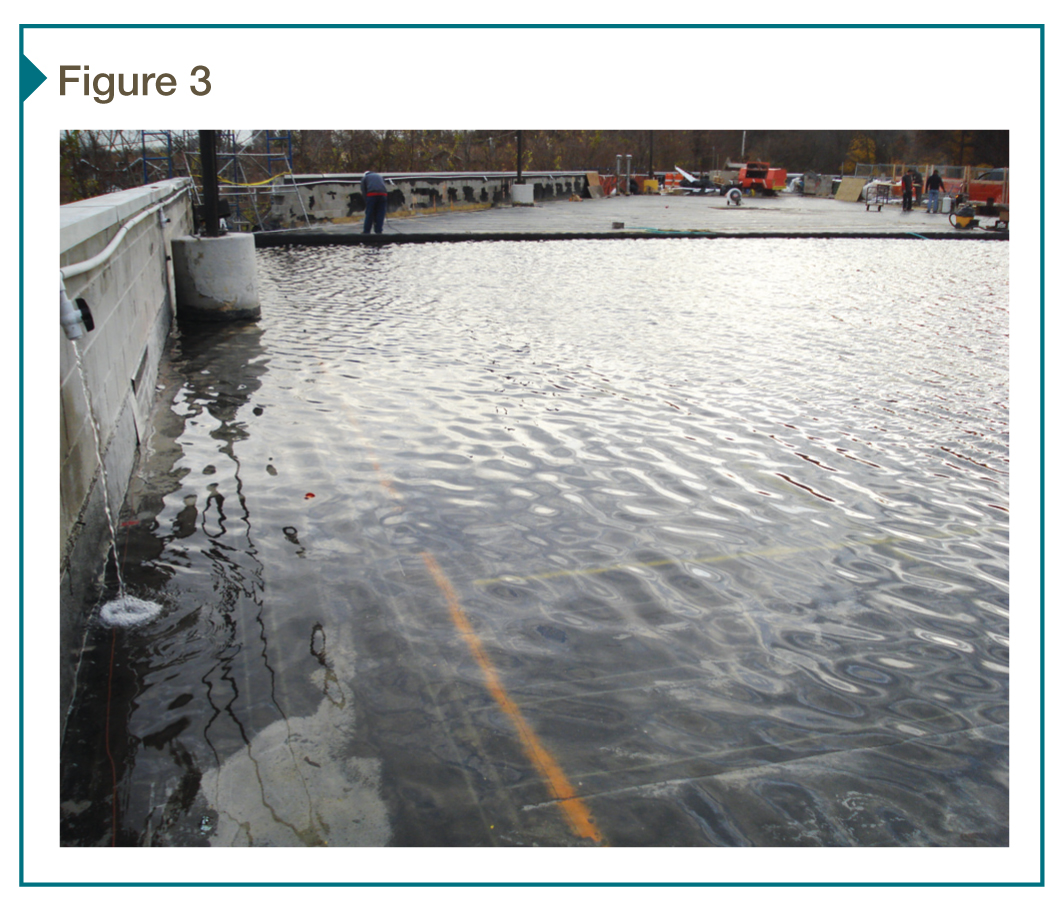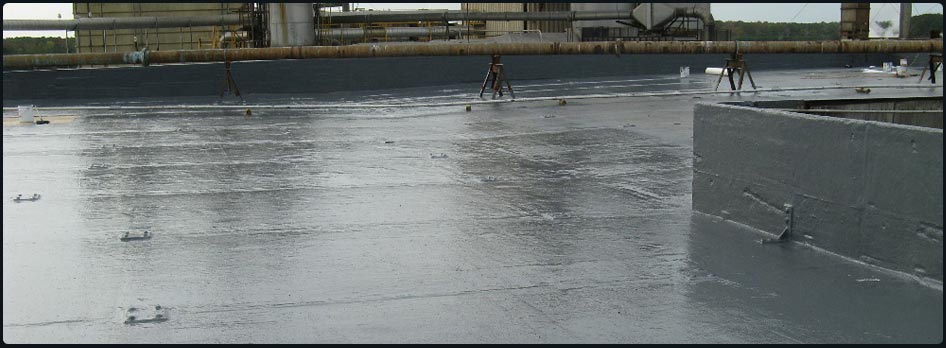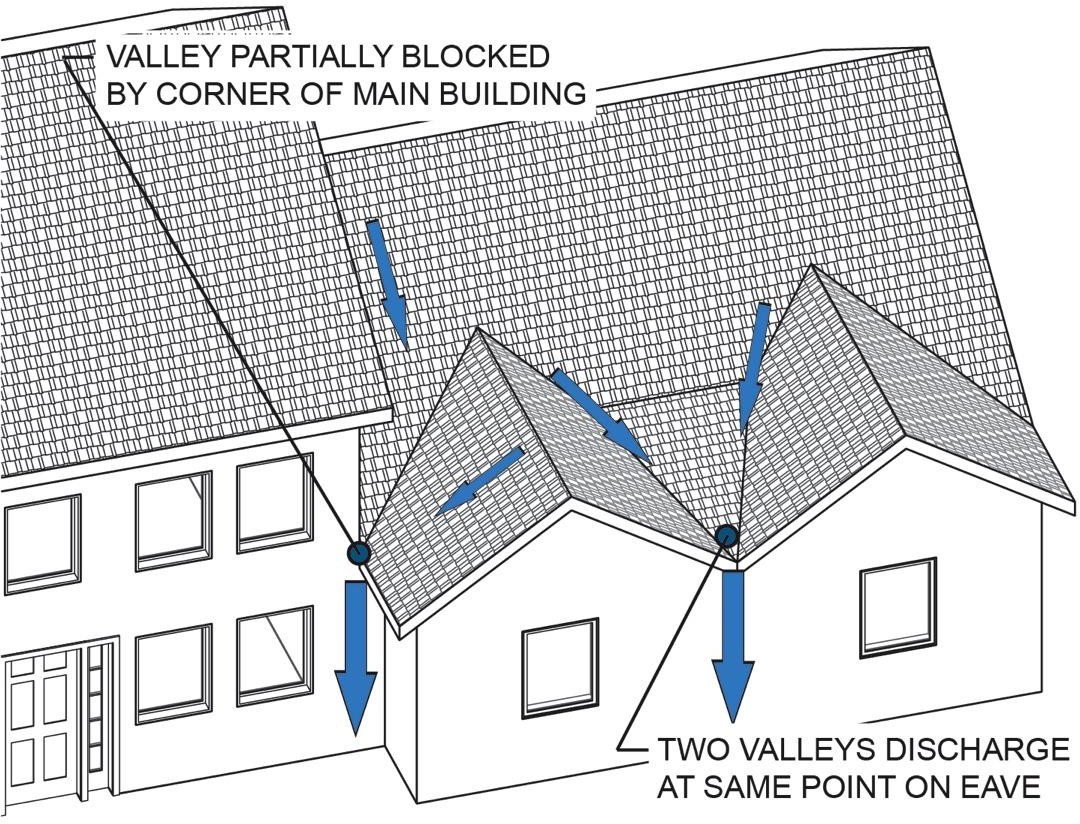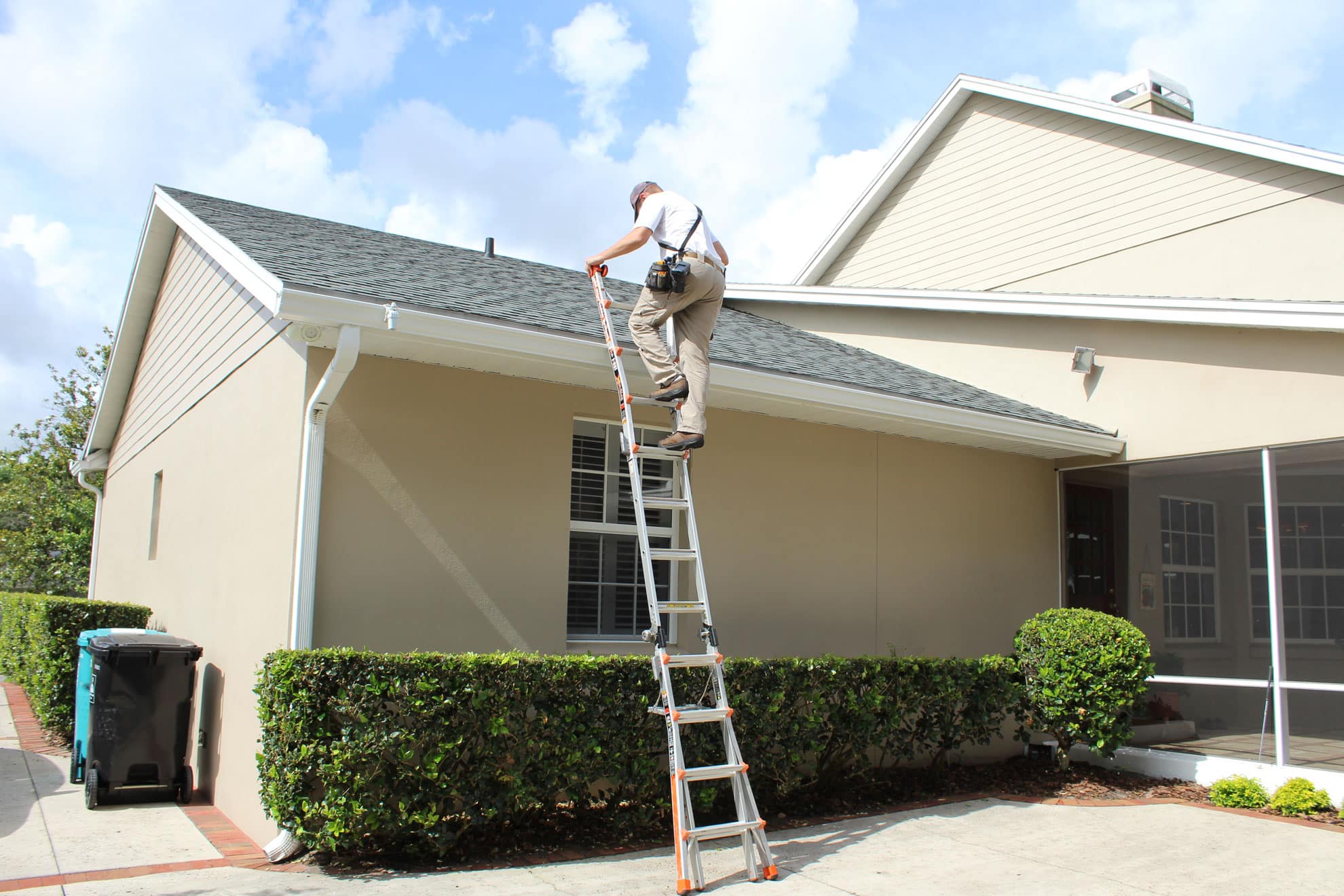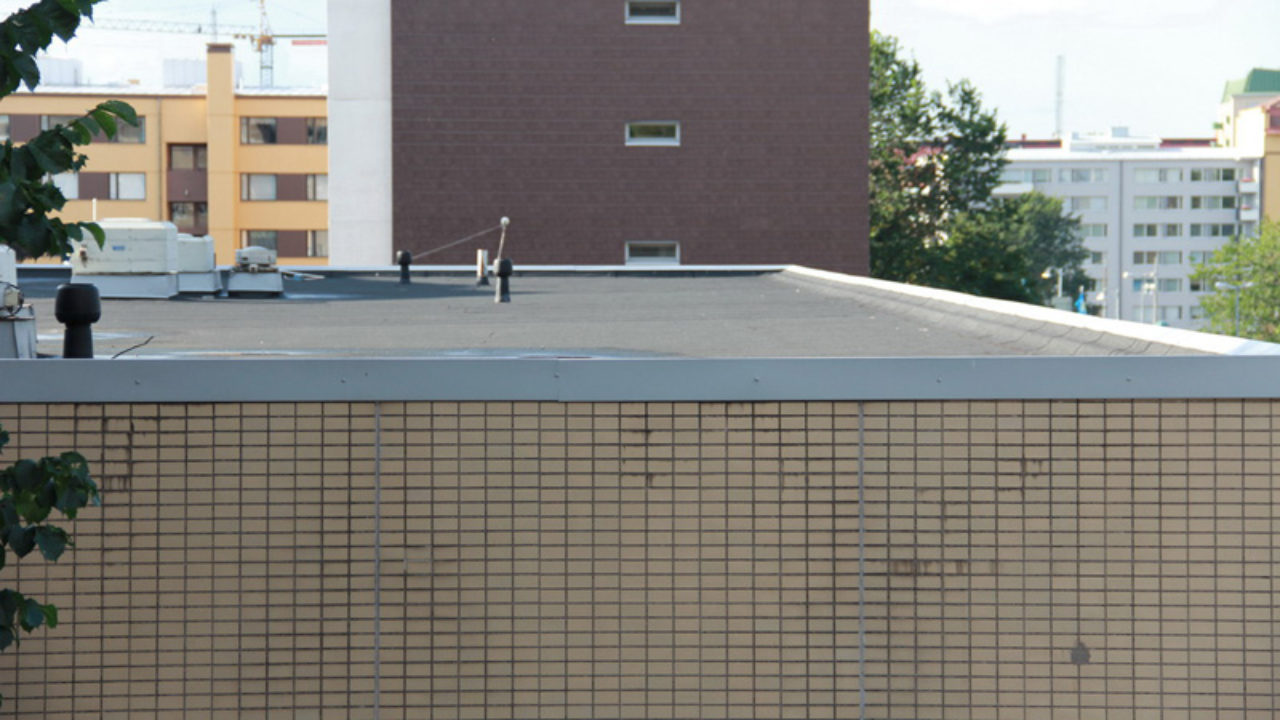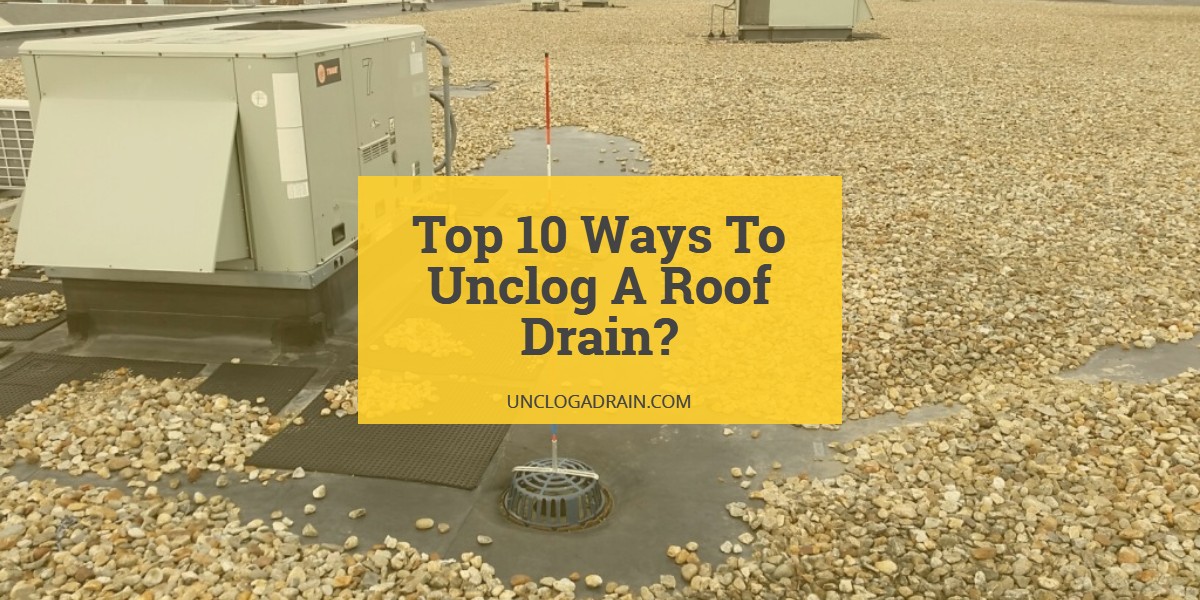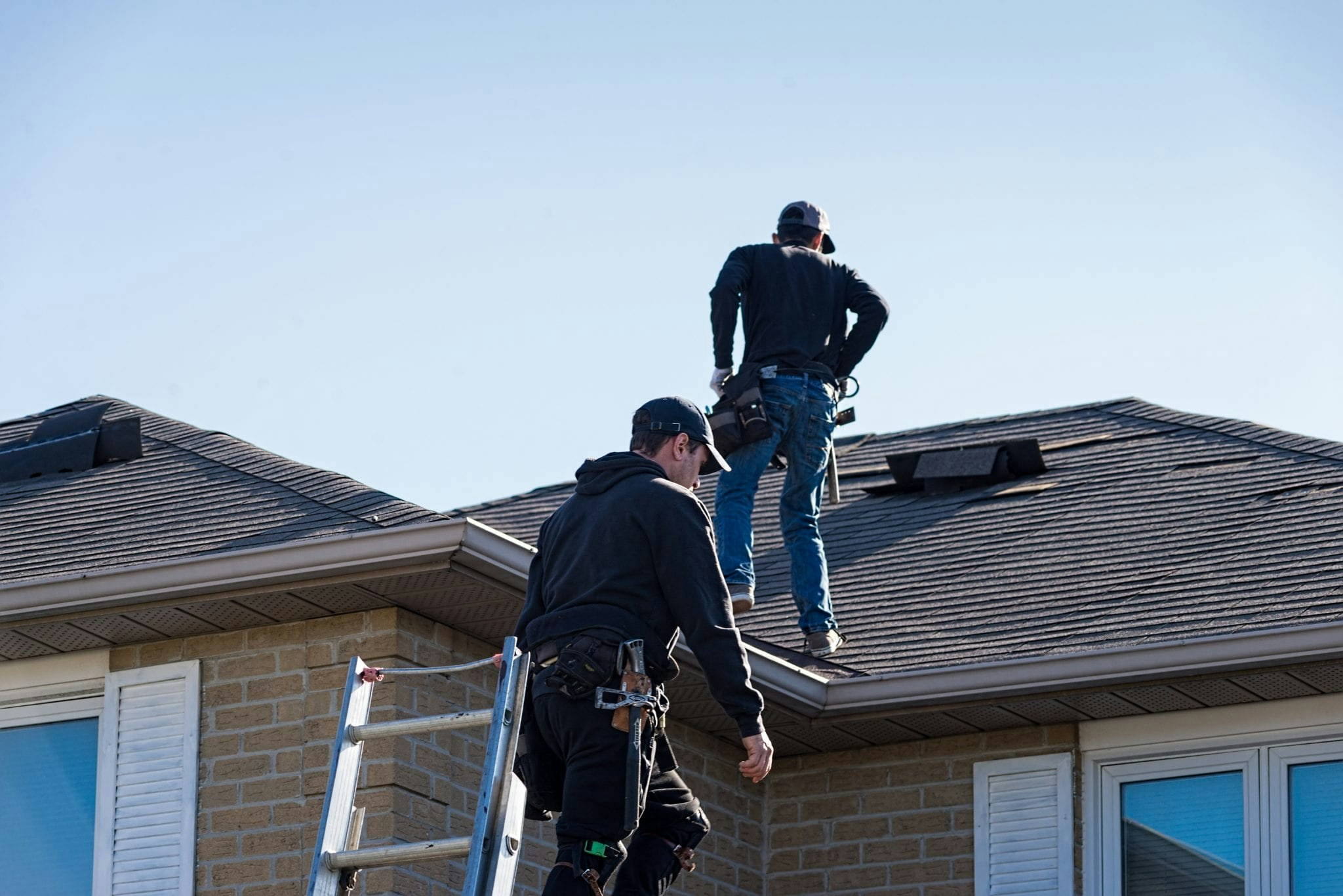Roof Flood Test Procedure
Prior to beginning the flood test procedure conduct visual inspection of the waterproofing surface and look for pinholes voids uneven membrane coat thickness creases or other defects which may cause a leaking problem.
Roof flood test procedure. Flood testing to detect leaks and verify the quality of newly installed assemblies has a long history in the roofing industry. Water height is maintained so as not to exceed a minimum level of 2 inches below the edge of flashings. If you contemplate flooding your roof please check with your structural engineer. Testing is performed for a minimum of 24 hours and maximum of 72 hours when rainfall is not forecasted to occur.
In many parts of the country roof design live loads are 20 psf which for large tributary areas can be reduced to 12 psf. Test area is flooded with water to achieve a minimum cover of 1 inch but not exceed a maximum depth of 4 inches at the lowest point. Is specifically designed for use under ceramic tile and stone and can be flood tested in 24 hours at 70 f 21 c or higher. It is possible you will have to pick him up off of the floor.
20psf corresponds to just under 4 inches of water. 5 1 this test method is a standard procedure for determining water leakage through metal roof panel system sideseams endlaps and roof plane penetrations when the roof system is subjected to a specified static water pressure head. Flood testing flood testing involves creating a dam or using a natural surround to pool water on a horizontal surface such as a roof terrace or plaza in order to identify leak locations or evalu ate waterproofing integrity. A pressure differential that simulates wind is created between the interior and exterior of the building and the interior is inspected for any leaks.





